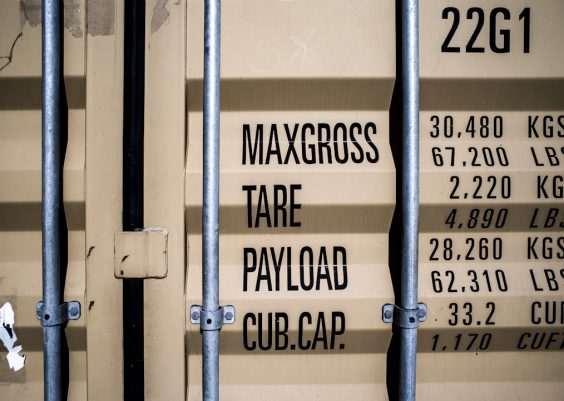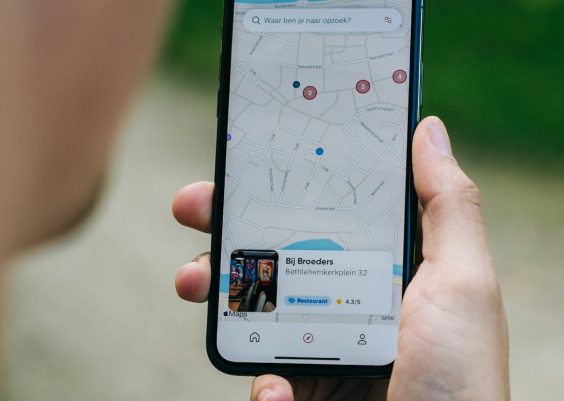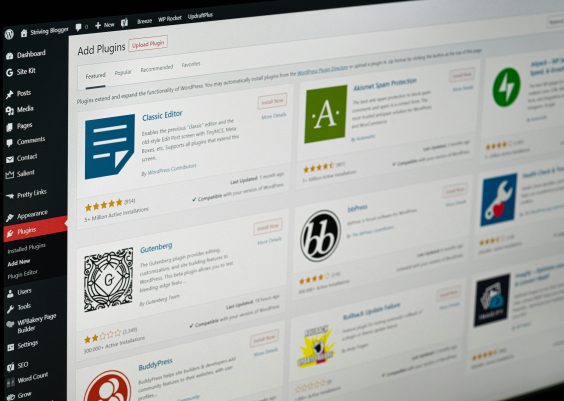Are you tired of unnecessary apps clogging up your phone’s storage and slowing it down? Many Android devices come pre-installed with carrier and OEM (Original Equipment Manufacturer) apps, commonly known as bloatware. While some of these apps might be useful, many of them just sit there, consuming valuable space.
Most users assume they need to root their devices to get rid of bloatware, but that’s not entirely true. You can disable or even completely remove some pre-installed apps using safe methods that do not require root access. Here’s how you can do it.
Why Remove Bloatware?
Bloatware can be a hassle for several reasons:
- It occupies storage that could be used for apps you actually need.
- Some apps run in the background, consuming valuable RAM and battery.
- Pre-installed apps often come with unnecessary permissions, potentially posing privacy concerns.
Methods to Remove Bloatware Without Root
1. Uninstall via Settings (Limited Apps)
Some OEMs allow you to uninstall certain pre-installed apps easily.
- Go to Settings > Apps or Apps & notifications.
- Select the app you want to remove.
- If you see an Uninstall button, tap it to remove the app completely.
However, many bloatware apps do not provide this option, meaning you’ll have to use other methods.
2. Disable Bloatware
Even if you can’t uninstall certain apps, you might be able to disable them, preventing them from running or appearing in the app drawer.
- Go to Settings > Apps.
- Select the app you want to disable.
- Tap Disable and confirm your selection.
Disabling an app won’t free up storage but will stop it from consuming resources.
3. Use ADB Commands (Best Non-Root Method)
To completely remove bloatware, your best option is using ADB (Android Debug Bridge). This method requires a computer but doesn’t void your warranty or require root access.
Step 1: Enable Developer Options and USB Debugging
- Go to Settings > About phone.
- Find Build number and tap it seven times until you see “You are now a developer!”
- Return to Settings and open Developer options.
- Enable USB Debugging.
Step 2: Install ADB on Your Computer
To use ADB, you need to install it on your PC:
- Download ADB tools from the official Android website.
- Extract the files to an easily accessible folder.
Step 3: Connect Your Device
- Connect your phone to the PC using a USB cable.
- Open a command prompt (Windows:
cmd, macOS/Linux:Terminal). - Navigate to the folder where ADB is located.
- Type
adb devicesand press Enter. Your device should appear on the list.
Step 4: Find the Package Name of the Bloatware
To remove an app, you need to know its package name. You can use the following command to list all installed packages:
adb shell pm list packages | grep "oem" Replace “oem” with part of the app’s name to find the package name.
Step 5: Uninstall the App
Once you find the package name, use this command to uninstall it:
adb shell pm uninstall -k --user 0 package.nameReplace package.name with the actual package name of the app.
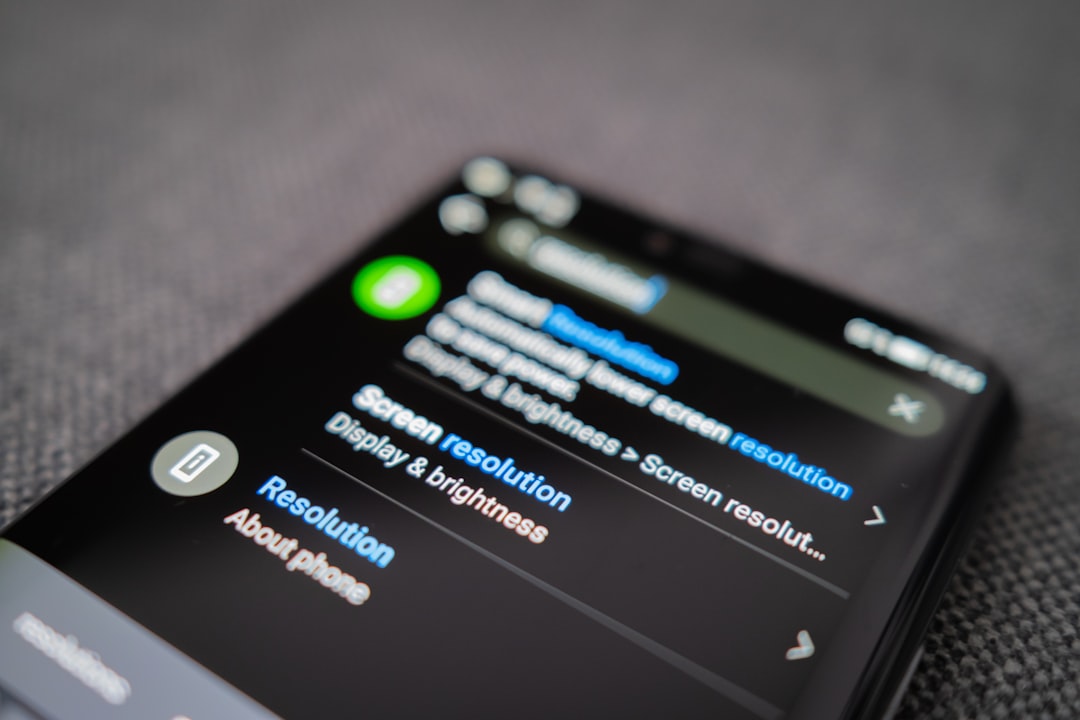
Frequently Asked Questions
Will Removing Bloatware Affect My Device?
It depends. Some system apps are essential for your phone to function properly. Always research an app before uninstalling it to avoid unwanted issues.
Can I Reinstall the Removed Apps?
Yes! You can restore uninstalled apps by performing a factory reset or by using the following command in ADB:
adb shell cmd package install-existing package.nameDo I Need to Repeat These Steps After a Software Update?
Yes, major software updates may reinstall system apps, so you’ll have to repeat the process if necessary.
Conclusion
Removing bloatware doesn’t have to be complicated, and you don’t need root access to do it. Using ADB is the safest and most effective method to rid your phone of unnecessary apps while keeping your device in top shape.
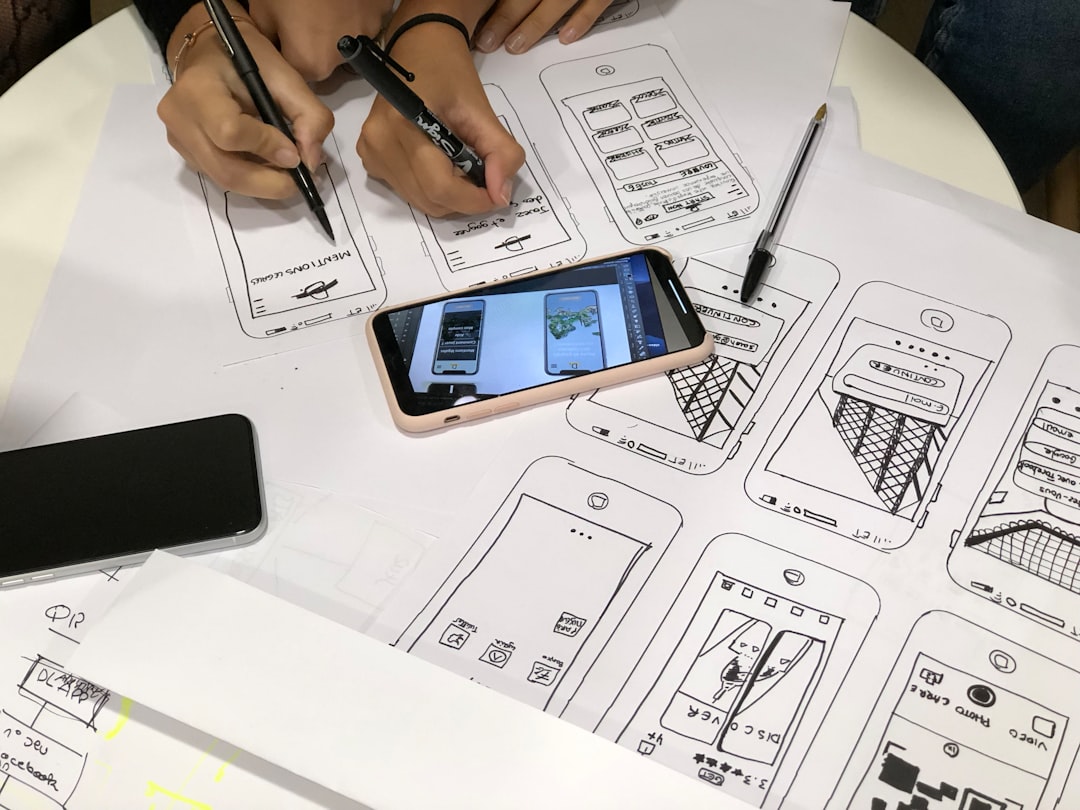
By following these steps, you can take control of your device and enjoy a clutter-free Android experience!

